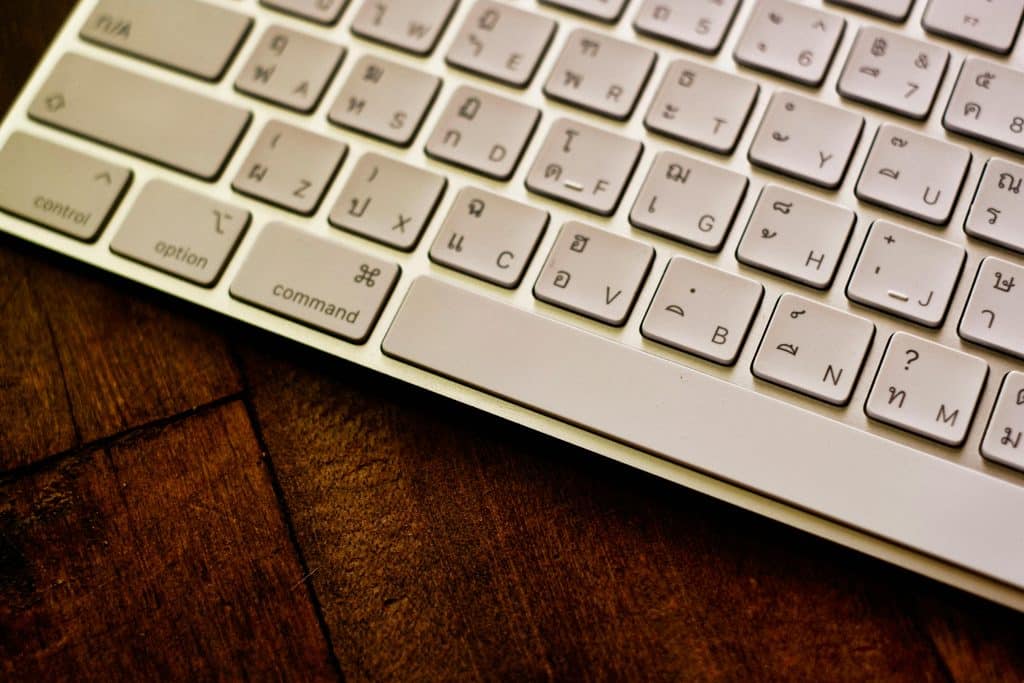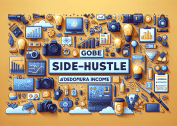For anyone juggling work, home, and personal goals, the right tools can turn overwhelm into structure. In fact, digital tools simplify time management for busy lives, easing cognitive load and boosting focus. In 2025, next-gen platforms fuse AI-powered automation, energy-aware scheduling, and seamless cross-app integration—all designed for individuals and teams who need more clarity in every hour. Whether you’re a remote professional, parent, or side‑hustle creator, adopting these tools can streamline your days and improve how you use time.

New Time Management Trends in 2025
1. AI as a Calendar’s Thought Partner
Rather than reactive auto‑response, modern AI tools act as true planning assistants. Platforms like Reclaim AI and Before Sunset AI auto-schedule tasks, suggest priorities like “eat the frog,” and adjust your day as new items emerge—turning planning into ongoing collaboration. This emerging trend helps busy users stay aligned with goals even amid shifting demands.
2. Energy-Aware Scheduling (Quantified Self)
Gone are the days when time-blocking ignored how we feel. Apps like Livestock and TimeAlign now sync with biometric data—sleep quality, stress, energy levels—to schedule deep work during cognitively optimal hours. This trend is gaining traction as people prioritize sustainable productivity over endless task lists: time management meets self-care.
3. Platform Consolidation to Reduce Cognitive Overload
Workers report using dozens of apps daily, often costing efficiency. Platforms like Notion aim to consolidate tasks, notes, calendar, and AI workflows into one flexible workspace. The goal? A single unified “home” to eliminate tool fatigue and simplify time management.
Why Digital Tools Simplify Time Management for Busy Lives
Eliminating Switching Costs
Shuttling between email, chat, task lists, and calendars fragments attention. Unified systems reduce the need to context-switch, saving time and preserving focus. Tools like Luna Task collect tasks from diverse channels into one view, reducing mental noise and friction.
Automating the Small Stuff
Repeating mundane tasks—transcribing meeting notes, setting reminders, drafting emails—drains mental energy. AI-driven features in apps like Notion AI or Before Sunset autocomplete these routine tasks, leaving room for strategic thinking .
Aligning Schedule with Real Energy Patterns
Using data from smartwatches or phone sensors, tools like TimeAlign can suggest when you’re most alert or stressed. This allows for planning that matches energy—less forcing, more flourishing.
Promoting Mindful Time Habits
The new emphasis is on not just doing, but meaningfully doing. Platforms now integrate mindfulness breaks, Pomodoro timers, and reflection reminders, encouraging intentional pacing rather than reactive activity.
Step-by-Step Guide: How to Start Using Digital Tools to Simplify Time Management
Step 1: Define Your Core Needs
Before choosing tools, clarify what slows you down: is it scheduling conflicts, notification overload, or energy dips? This helps match tools with effects—e.g., AI scheduling for chaos, or energy-aware timing for burn-out.
Step 2: Choose One Unified Workspace Tool
Try platforms like Notion or Luna Task for combining notes, tasks, calendars, and insights. These tools are designed with flexibility and personal workflow in mind.
Step 3: Add AI into Your Workflow
Activate AI features that support goal-to-task conversion, smart scheduling, or email drafts. These helpers reduce busywork while aligning tasks with purpose.
Step 4: Enable Biometric or Energy Integration
Apps like Livestock or TimeAlign can sync with health data (sleep, heart rate) to present an energy profile. Then schedule your high-focus blocks during peak periods.
Step 5: Introduce Mindful Pauses
Use built-in mindfulness or Pomodoro timers. Short breaks spaced between deep work sessions reduce stress and shift focus mindfully.
Step 6: Review and Iterate Weekly
At week’s end, assess which tools helped, which distracted, and adjust. Iterate to refine setup around what truly simplifies time for your life.
Spotlight: Tools Driving This Trend
- Notion: A flexible workspace with AI, calendars, notes, and task boards integrated—designed to replace fragmented SaaS stacks.
- Trello (New Inbox Feature): Aggregates tasks from Slack, email, Siri into one board, making task capture seamless—even from messages or voice prompts.
- Luna Task & Before Sunset AI: Combine task management, journaling, habits, and AI‑driven scheduling under one roof.
- Livestock: Prioritizes tasks based on energy levels detected via wearable data—encouraging harmony between time and well-being.
- TimeAlign: Syncs calendars and tracks energy across devices, recommending optimal scheduling windows.
- Toggl Track, Clockify, RescueTime: Provide robust automatic time tracking for desktop and mobile, offering insights into where hours really go.
Real‑World Impact: Case Scenarios
- A hybrid team uses Clockwise-like AI scheduling to reduce meeting overlap and carve out deep work blocks aligned to member energy rhythms—reducing fatigue and improving quality.
- An entrepreneur journaling via Luna Task achieves clarity and captures habits within a unified system, reducing context switching.
- A remote professional integrates Notion and RescueTime to unify goal planning, notes, and tracked time—gaining oversight without app overload.
- A creative consultant uses Livestock to schedule ideation sessions during peak mental alertness and automatic breaks during lulls—boosting creativity versus burnout.
Challenges and How to Navigate Them
| Challenge | Solution |
|---|---|
| Too many tools available | Start with one core system that integrates most needs |
| Over-automation without control | Customize AI settings; keep human review in loop |
| Privacy concerns from biometric syncing | Use anonymized data or local device storage where possible |
| Tool fatigue and complexity | Simplify: fewer tools with clear purpose is better |
Conclusion
The core principle is simple: digital tools simplify time management for busy lives, but only when thoughtfully chosen and used. In 2025, tools are evolving to be more than apps—they’re partners in planning, scheduling, energy syncing, and mindful living.
Instead of adding chaos to your digital stack, choose platforms that reduce switching, adapt to your energy, and automate repetitive work. When your tools align with your goals and habits, the result is not just more completed tasks—but smarter use of your time and presence.
Give yourself the gift of streamlined systems. Your calendar, your energy, and your sanity will thank you.
References
- Forbes – The Future of Productivity: How AI and Automation Are Reshaping Time Management
https://www.forbes.com/sites/forbestechcouncil/2024/12/18/the-future-of-productivity-how-ai-and-automation-are-reshaping-time-management/ - Harvard Business Review – The Science of Timeboxing and How Digital Tools Help
https://hbr.org/2023/10/what-timeboxing-does-to-your-brain - TechCrunch – Calendar AI and Smart Scheduling Are Booming
https://techcrunch.com/2025/01/05/calendar-ai-smart-scheduling-boom/









